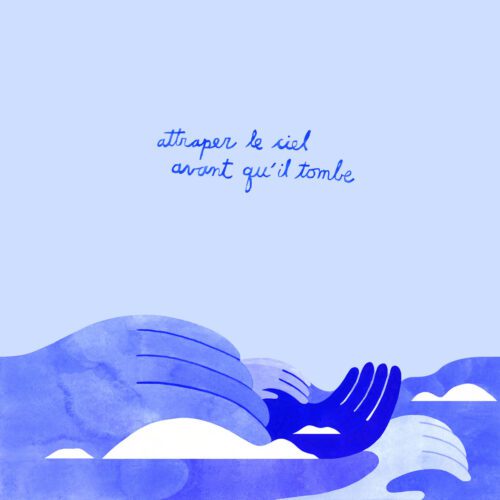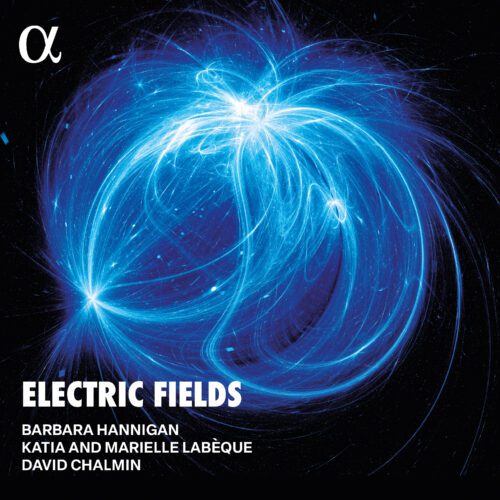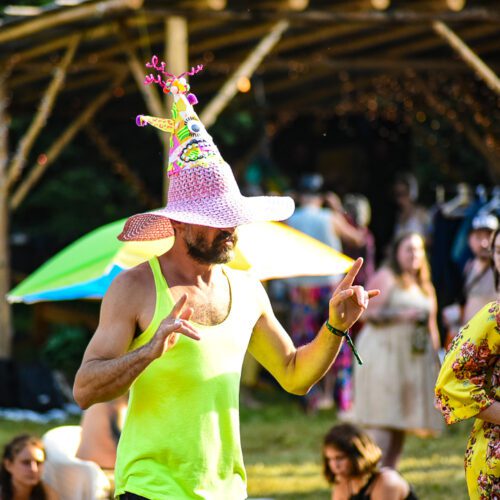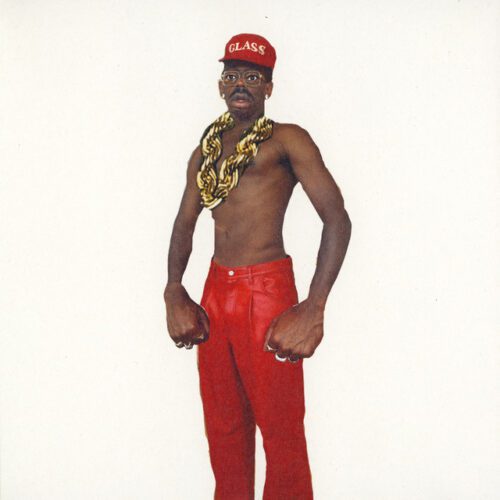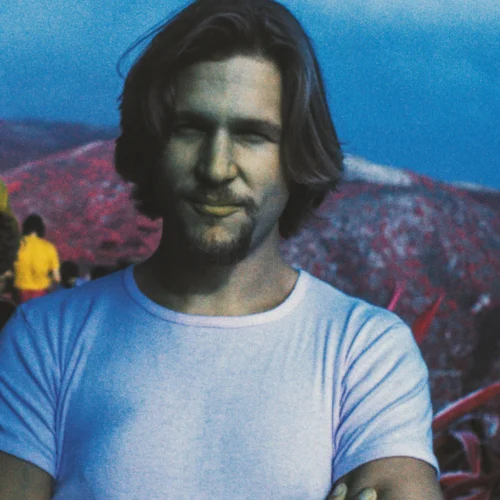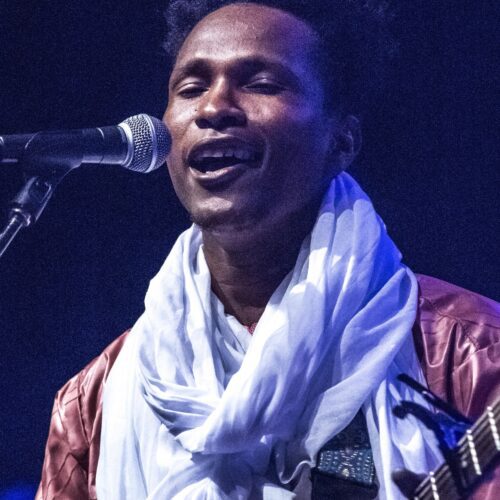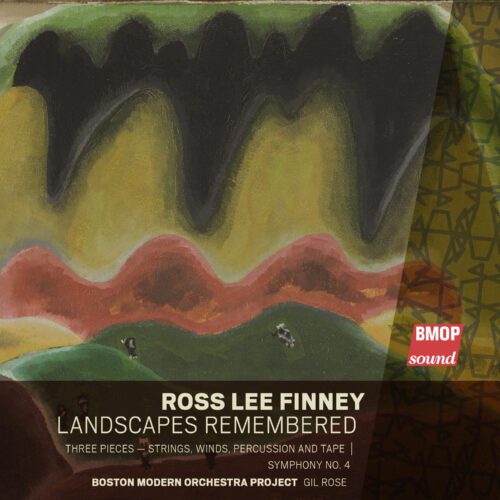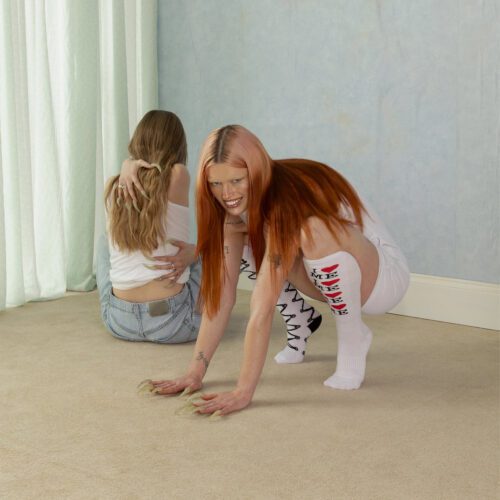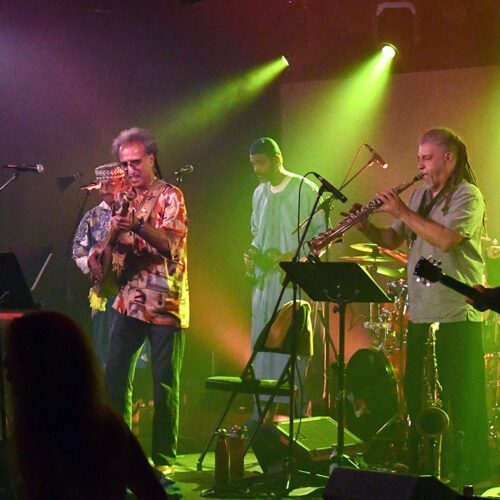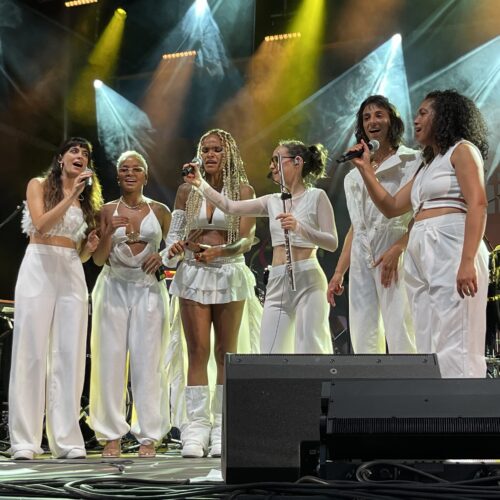On the floor, a minimalist drum kit, small and aged, was surrounded by metal objects and drumsticks of all kinds. To the percussionist’s left, two large Chinese gongs detached from the drum kit were used as cymbals. Without introduction, it was on the larger of the two gongs that Tatsuya Nakatani kicked off his FLUX performance at the Sala Rossa on the evening of October 6.
With his homemade bow, he set about making the instrument resonate with all the inharmonic richness of its timbre. Nakatani often used his free hand to touch various pressure points on the gong, bringing out its harmonic partials. Immediately, one was struck by the craftsmanship of a musician who had worked with these objects for most of his life.
Nakatani’s unpredictable playing, even by his own standards, has seen this slow, resonant opener evolve into a more drum-driven affair. Sitting behind those rosin-greased skins, Nakatani let his unbridled creativity explode. In a nervous game, he moved and smashed his accessories together on his snare drum and floor tom. Soft cymbals, singing bowls of various sizes and other glittering objects all had their turn to randomly alter the sound of the drums, clashing as they went and creating spontaneous textures. Occasionally, Nakatani would grab his drumsticks and improvise rhythmic phrasings on these prepared drums.
During this half-hour improvisation, Nakatani frequently switched between his drums and the gongs suspended at his side. With his eyes closed and sweating, he maintained a constant energy and tension, which in no way detracted from his remarkable mastery of dynamics and dramatic surprise effects.
Of particular note were the two gongs played simultaneously, a bow in each hand, revealing unsuspected notes through the peaks of intensity. There was also an interesting lull when Nakatani stood behind his drums. With four small singing bowls placed on his snare drum and played with a bow, he set up a four-note melodic sequence. Always interspersed with other percussive explosions, the motif returned again and again, creating a weightlessness that contrasted wonderfully with the rest of the performance. That evening, Nakatani once again demonstrated his relevance in the contemporary percussion landscape, and the unique language he has been shaping for decades.
Nakatani Gong Orchestra
After a short break, the 16 local artists making up the gong orchestra led by Nakatani took their places in the space. They had all spent the afternoon in workshops with the percussionist in preparation for this performance. Nakatani, facing his own gong and orchestra, had equipped himself with a timer and a paper diagram of the sequence of sound events. In stark contrast to the drummer’s pointillist solo playing, the gong orchestra set about developing masses of sound, for the ears and the body, that sometimes reached piercing volume of massive sound.
Nakatani directed the ensemble, prescribing various configurations according to two main playing modes: bow and mallet. His understanding of gong behavior enabled him to fluidly change the texture from an inharmonious, noisy mass to a more nuanced bath of sound where certain pitches could create intervals and inject a more melodic color into the whole affair. When he wasn’t playing the gong himself, Nakatani was directing with both hands, using a somewhat enigmatic system of symbols. The most spectacular moment was when he caused waves of sound to travel from one side of the room to the other. Also, sound windows were cut into the space according to the boundaries pointed by the percussionist’s hands. At these moments, the link between the direction and the sonic result was very clear, and the gestures seemed to be the stuff of magic.
This gong oorchestra, as Nakatani points out, is the result of a lifetime’s work. Each performance is different, a fact that was clearly felt at the FLUX festival, where we witnessed a groundbreaking collaboration between the percussionist and 16 members of the local artistic community. At the end of the show, Nakatani suggested we keep our vibrations close to us, and the least we can say is that this concert is likely to resonate for a long time to come in the audience’s imagination. In the “had to be there” category.


